Pet ownership and wildlife conservation might seem like separate domains, but they’re actually deeply interconnected. As stewards of domestic animals, pet owners have a unique opportunity to make choices that positively impact wild species and their habitats. Our everyday decisions about pet care, purchasing habits, and outdoor activities can either contribute to environmental challenges or help mitigate them.
By making mindful choices, the millions of pet owners worldwide can collectively create a significant positive impact on conservation efforts. This article explores twelve practical ways that caring for your pets can align with caring for our planet’s precious wildlife.
Choose Wildlife-Friendly Pet Food
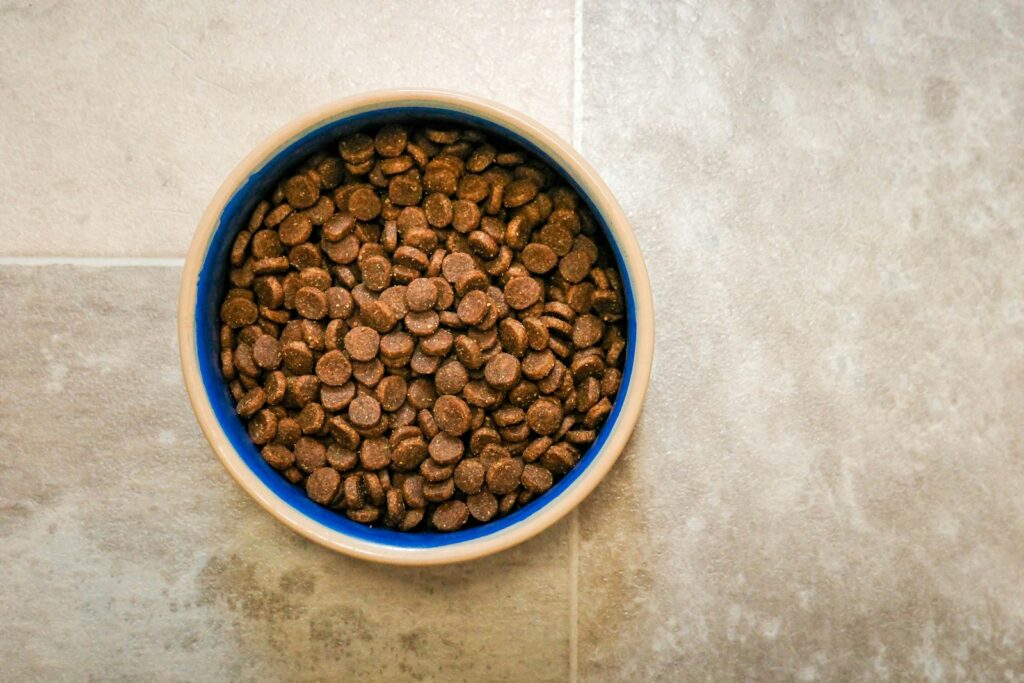
The pet food industry has an enormous environmental footprint, with many popular brands containing ingredients that contribute to habitat destruction and overfishing. Selecting sustainably sourced pet foods can make a significant difference for wildlife conservation. Look for products with MSC (Marine Stewardship Council) certification for seafood ingredients, or those using humanely raised, grass-fed meats rather than factory-farmed options.
Some innovative companies now offer insect-based protein pet foods, which require dramatically less land, water, and resources to produce than traditional meat proteins. Reading labels and researching companies’ environmental commitments takes just a few extra minutes but can substantially reduce your pet’s ecological pawprint.
Keep Cats Indoors

Domestic cats are remarkable hunters with natural predatory instincts, making them one of the most impactful invasive species when allowed to roam freely outdoors. Studies estimate that free-roaming cats kill billions of birds and mammals annually in the United States alone, including threatened and endangered species.
Creating an enriching indoor environment with climbing spaces, toys, and interaction can keep cats mentally and physically stimulated without endangering wildlife. If your feline friend desires outdoor time, consider supervised outings using a secure harness and leash, or build a “catio” – an enclosed outdoor space that allows cats to enjoy fresh air while keeping wildlife safe. Indoor cats also generally live longer, healthier lives, protected from traffic, predators, and disease.
Use Wildlife-Friendly Yard Products

Many conventional lawn treatments, pesticides, and fertilizers that seem harmless can be toxic to native wildlife, from beneficial insects to birds and small mammals. These chemicals don’t just affect the targeted “pests” but move through the food chain, affecting entire ecosystems. Choose pet-safe and wildlife-friendly yard care products that won’t harm animals who come into contact with your lawn. Organic and natural alternatives for weed and pest management exist for nearly every gardening challenge.
Even better, consider reducing lawn space altogether by planting native species that provide natural habitat while requiring fewer inputs and maintenance. A chemical-free yard creates a healthier environment for both your pets and the wildlife that visits your property.
Support Wildlife-Friendly Businesses
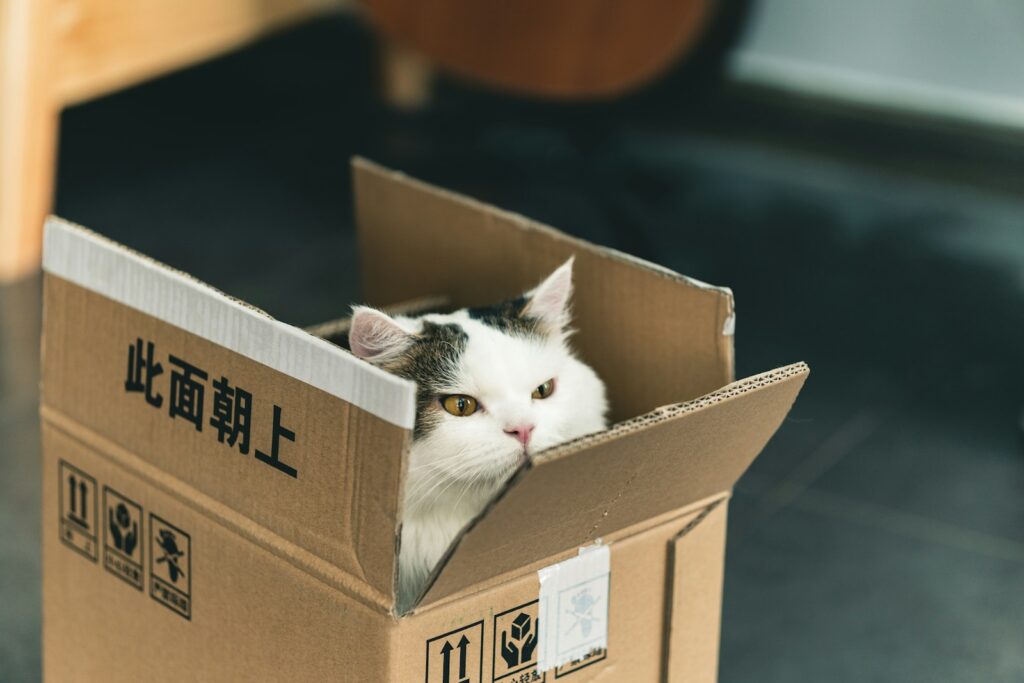
Your purchasing power as a pet owner extends beyond just food choices. Every pet supply company has an environmental impact through their manufacturing processes, packaging decisions, and corporate policies. Research and support pet product companies that demonstrate genuine commitments to sustainability and wildlife conservation.
Many responsible companies now use recycled materials, minimize packaging waste, avoid harmful chemicals, and donate portions of profits to conservation organizations. Some pet supply retailers have even established take-back programs for hard-to-recycle items like food bags and plastic toys. By directing your spending toward businesses with strong environmental ethics, you’re sending a powerful market signal that conservation matters to consumers.
Dispose of Pet Waste Properly

Pet waste contains nutrients, bacteria, and sometimes parasites that can contaminate water sources when left on the ground or improperly disposed of. When rainwater washes over abandoned pet waste, it carries these contaminants into storm drains that often flow directly into local waterways without treatment. This pollution can harm aquatic wildlife and contribute to harmful algal blooms that deplete oxygen levels in water bodies.
Always carry bags on walks to collect dog waste, and consider using biodegradable bags to minimize plastic waste. For cat owners, avoid flushing cat litter, as many wastewater treatment systems aren’t designed to filter out the parasites potentially present in cat feces. Instead, bag it securely and dispose of it in the trash, or look into composting systems specifically designed for pet waste.
Create Wildlife Habitat in Your Yard
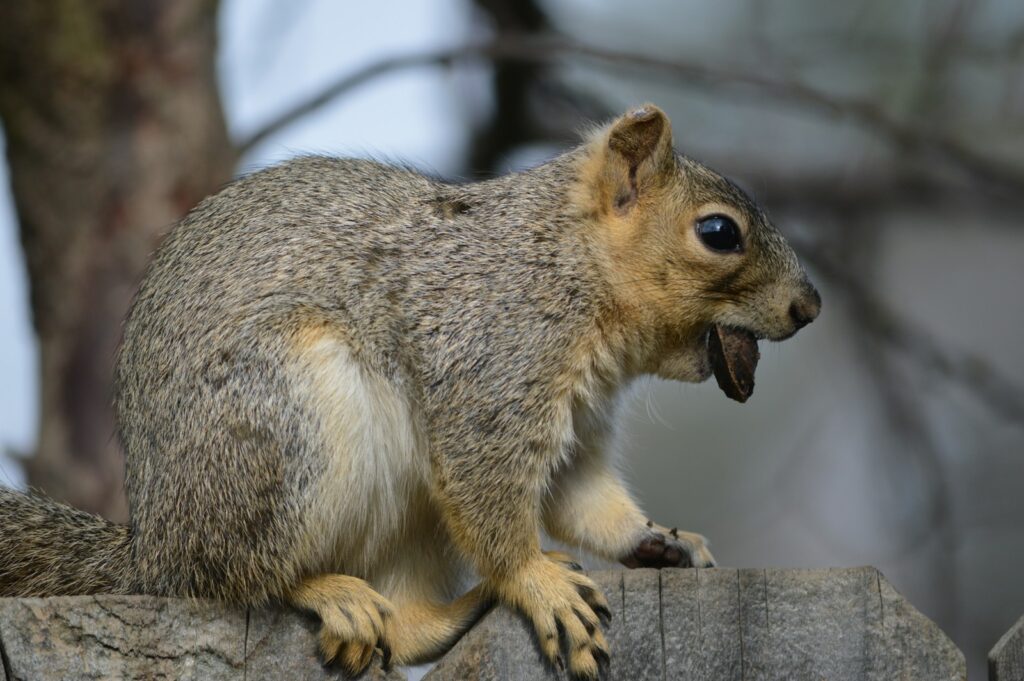
Your yard can serve both your pets and local wildlife with thoughtful design choices that incorporate natural habitat features. Consider dedicating a portion of your yard to native plants that provide food and shelter for local birds, pollinators, and other wildlife. Water features like bird baths or small ponds (secured to prevent pet drowning risks) can support amphibians and provide drinking water for birds and beneficial insects.
Brush piles, rock gardens, or designated “wild” areas offer shelter for small creatures while adding interesting sensory experiences for pets to explore during supervised outdoor time. By creating a shared space that accommodates both domestic and wild animals, you’re helping to replace some of the habitat lost to development while enriching your pet’s environment.
Prevent Exotic Pet Releases
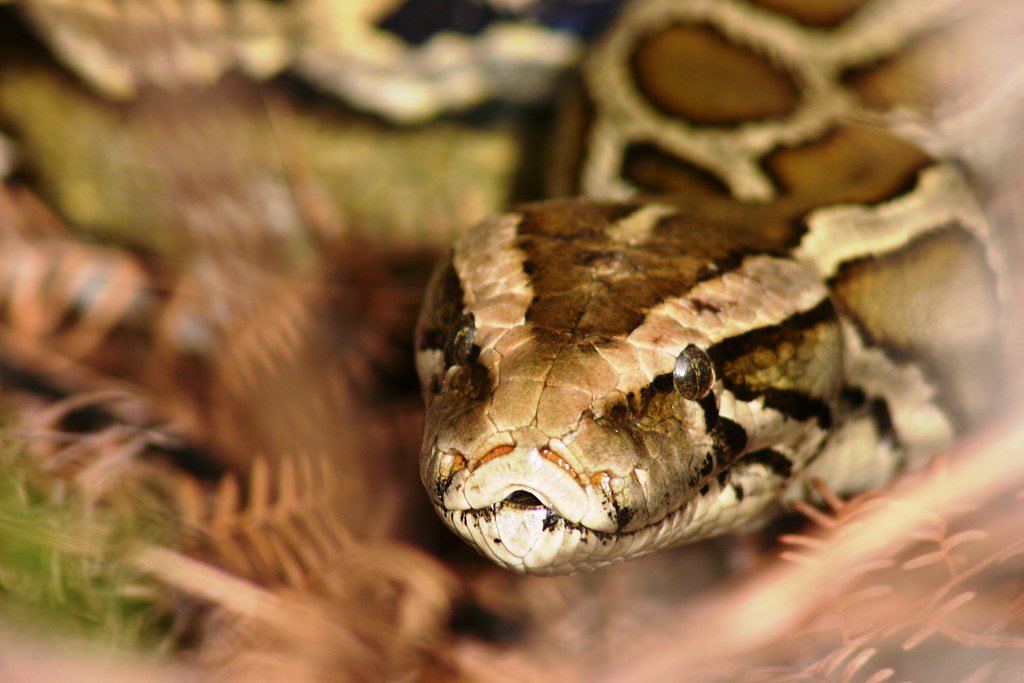
The exotic pet trade poses serious risks to native wildlife when non-native species are released or escape into the environment. Even well-intentioned releases of unwanted pets can introduce invasive species that outcompete native wildlife, spread disease, or fundamentally alter ecosystems. The Florida Everglades crisis with Burmese pythons exemplifies how released pets can devastate native wildlife populations.
If you own exotic species, commit to responsible, lifelong care or work with reputable rescue organizations if you can no longer keep your pet. Never release non-native animals into the wild, regardless of how harmless they may seem. Before acquiring any exotic pet, thoroughly research their needs, lifespan, and legal status in your area to ensure you can provide appropriate care for the animal’s entire life.
Volunteer with Your Pet
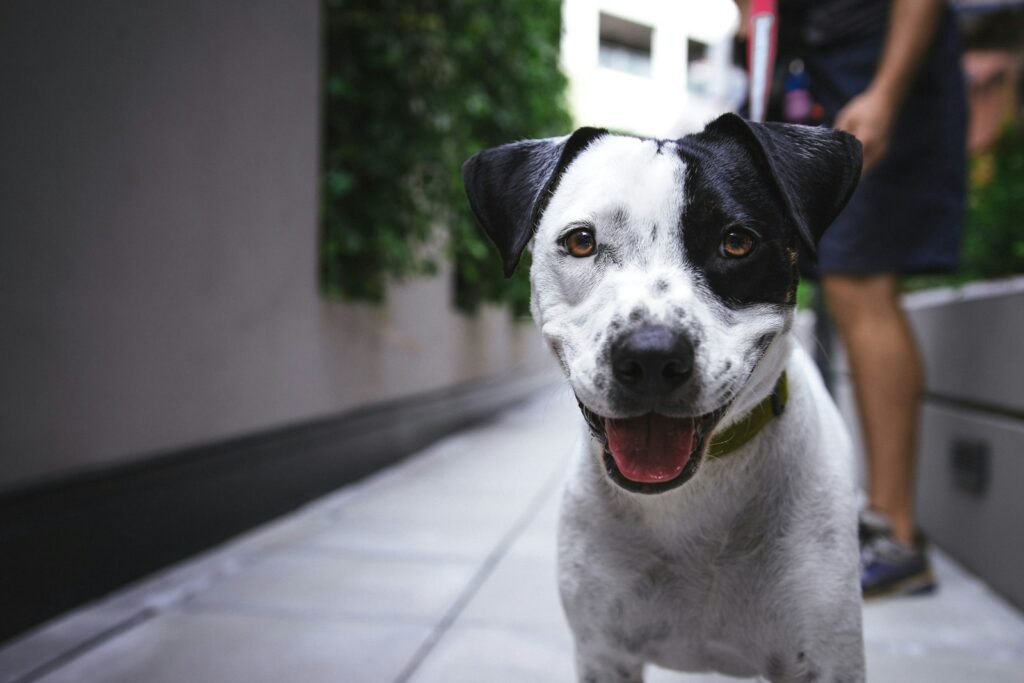
Some conservation organizations offer opportunities for pet owners to volunteer alongside their animals in ways that support wildlife. Dogs with appropriate training and temperament can participate in conservation detection programs, where they use their incredible sense of smell to locate endangered species, identify wildlife corridors, or find invasive plants.
Other programs utilize dogs to help monitor wildlife populations by locating scat samples that researchers can analyze for valuable data. Even without specialized training, you and your pet can participate in cleanup events at parks and natural areas, removing litter that might harm wildlife. These activities not only contribute directly to conservation efforts but also strengthen the bond between you and your pet while raising awareness about wildlife protection.
Practice Leash Discipline in Natural Areas
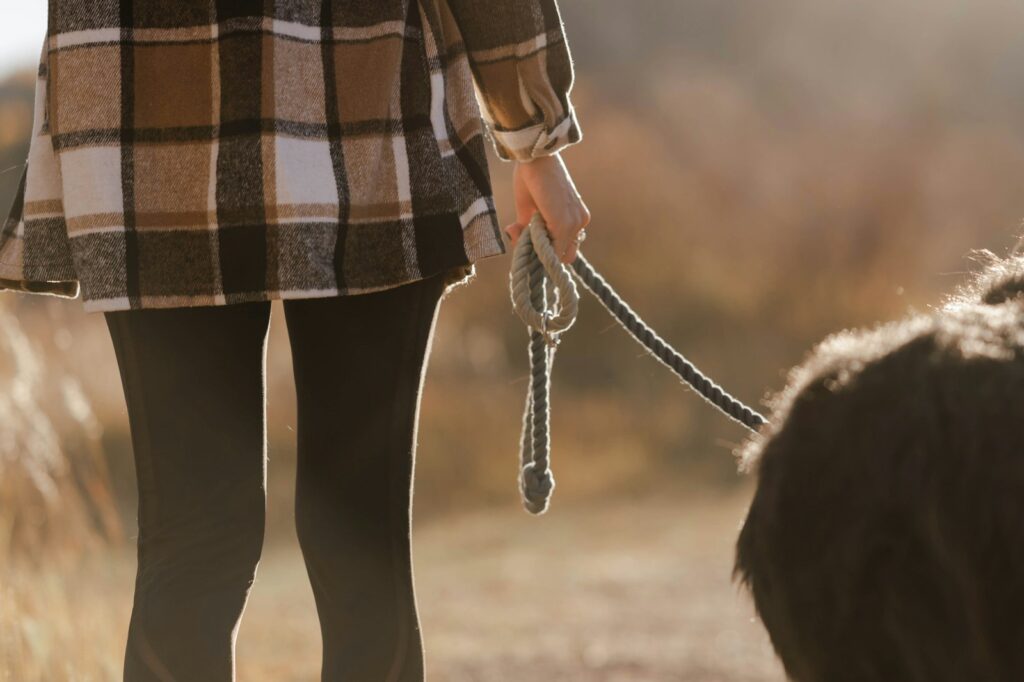
When exploring parks, trails, and natural areas with your dog, keeping them leashed protects both wildlife and your pet from potentially dangerous encounters. Even well-behaved dogs can unintentionally disturb nesting birds, chase small mammals, or damage sensitive vegetation through their natural curiosity and play behaviors. During breeding seasons, wildlife is particularly vulnerable to disturbance, which can lead to abandoned nests or young.
Following leash rules also prevents your dog from encountering potentially dangerous wildlife like venomous snakes, porcupines, or larger predators. If you seek off-leash exercise for your dog, utilize designated dog parks or fenced areas specifically created for that purpose rather than allowing them to run freely in wildlife habitat. This simple practice demonstrates respect for wild creatures and their increasingly limited undisturbed space.
Support Conservation Through Pet-Related Purchases
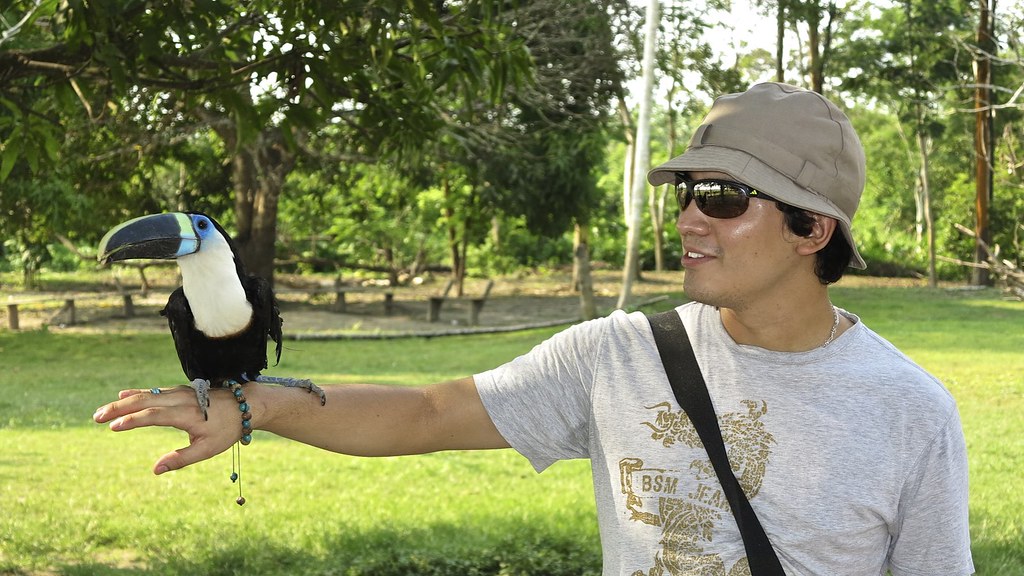
Many wildlife conservation organizations have partnered with pet product companies to create co-branded merchandise that directly benefits conservation efforts. From toys and apparel to specialized equipment, these partnerships generate funding for habitat protection, anti-poaching efforts, and species recovery programs. Some veterinary clinics and pet supply retailers also participate in round-up programs where you can add a small donation to your purchase to support wildlife causes.
Additionally, certain pet insurance companies offer options to donate a portion of your premium to conservation organizations without additional cost to you. These opportunities allow you to support wildlife conservation through purchases you’d already be making for your pet, creating a win-win situation for domestic and wild animals alike.
Educate Others About Pet Impacts on Wildlife
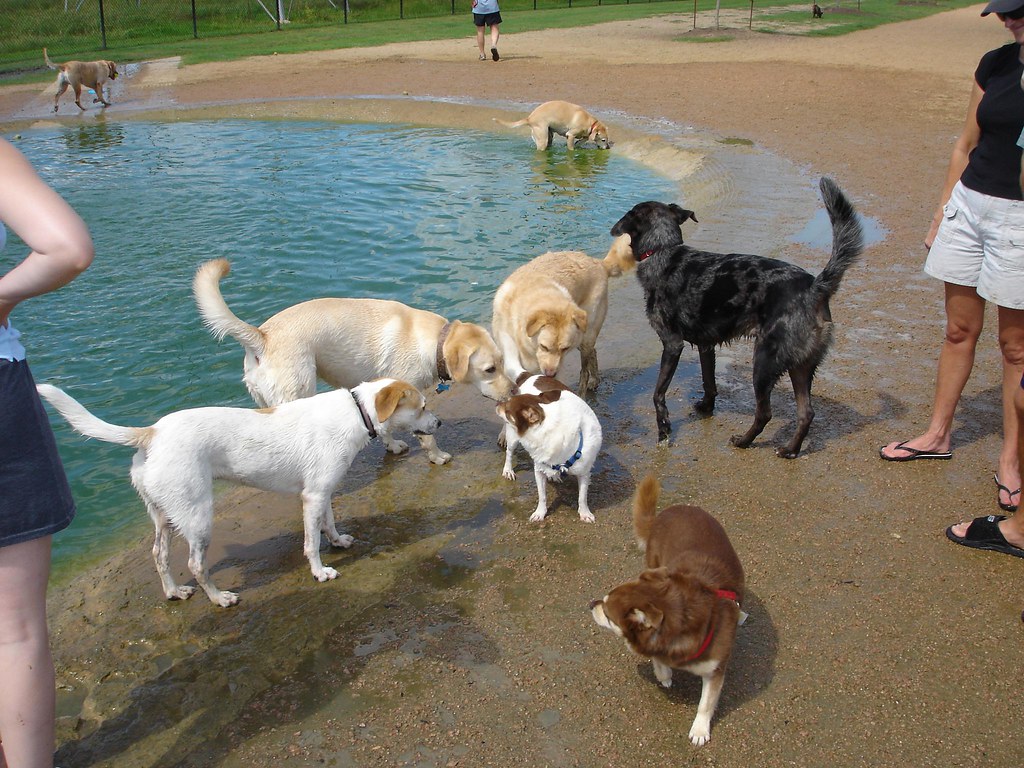
As a conscientious pet owner practicing wildlife-friendly habits, you can amplify your impact by sharing your knowledge with others in your community. Conversations at the dog park, social media posts about your sustainable pet care choices, or discussions with neighbors about keeping cats indoors can help spread awareness about how pet ownership intersects with conservation.
Approach these conversations with kindness and understanding rather than judgment, recognizing that many pet owners simply haven’t considered these connections before. Share success stories about how wildlife-friendly practices have benefited both your pets and local ecosystems. Consider organizing community events like park cleanups where pet owners can bring their animals or hosting speakers from conservation organizations at local pet stores or community centers.
Participate in Citizen Science with Your Pet
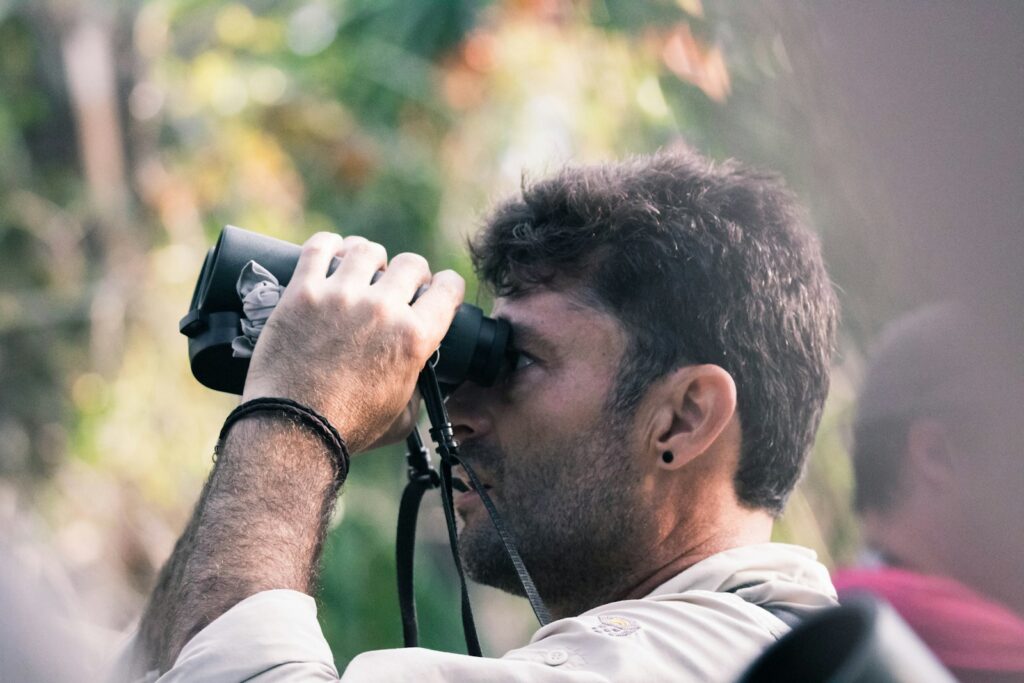
Citizen science projects offer exciting opportunities to contribute valuable data to wildlife research while enjoying activities with your pet. Programs like eBird allow you to record bird species observed during dog walks, providing scientists with information about bird distributions and habitat use. Other projects invite pet owners to document wildlife sightings in urban and suburban areas, helping researchers understand how animals adapt to human-dominated landscapes.
Some initiatives even focus specifically on the interactions between pets and wildlife, collecting data that can inform better management practices. These programs typically require minimal specialized equipment—often just a smartphone with a camera and GPS—making them accessible to most pet owners. By participating in citizen science, you’re helping to build the knowledge base needed for effective conservation while enjoying meaningful time outdoors with your pet.
Conclusion
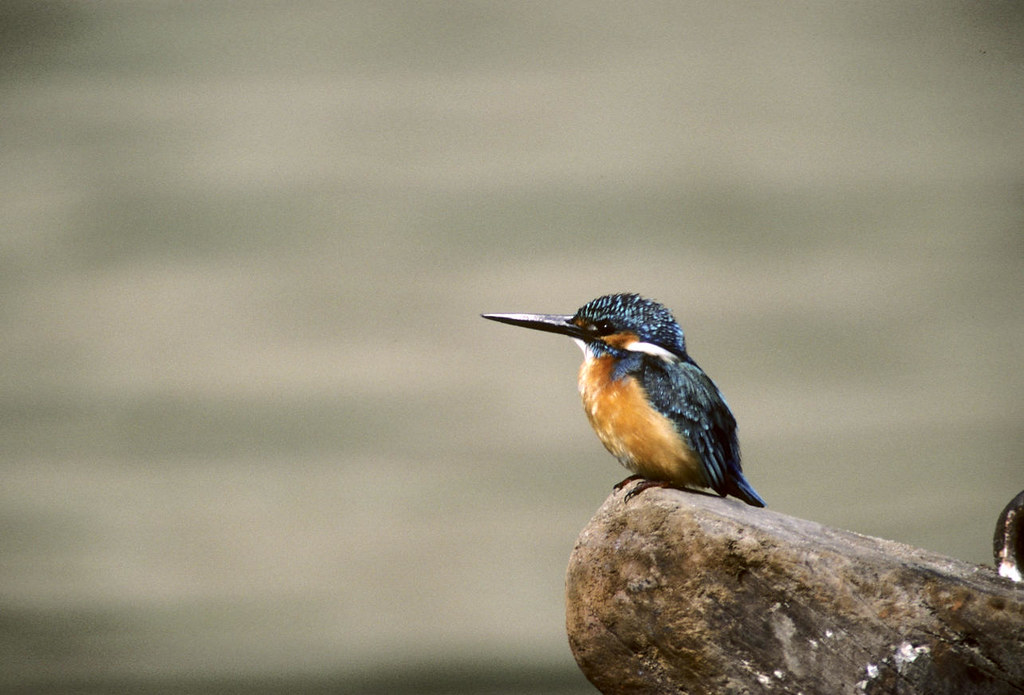
The relationship between pet ownership and wildlife conservation isn’t one of opposition but of interconnection. Through mindful choices about how we care for our companion animals, we can significantly reduce negative impacts on wild species and even actively contribute to their protection. From sustainable feeding practices to habitat creation, these twelve approaches demonstrate that loving our pets and protecting wildlife can go hand in hand.
As pet owners, we have the privilege and responsibility to ensure our animal companionships don’t come at the expense of wild creatures fighting for survival in a human-dominated world. By implementing even a few of these practices, you’ll be joining a growing community of pet lovers who understand that a healthier planet benefits all animals—both those in our homes and those in the wild.

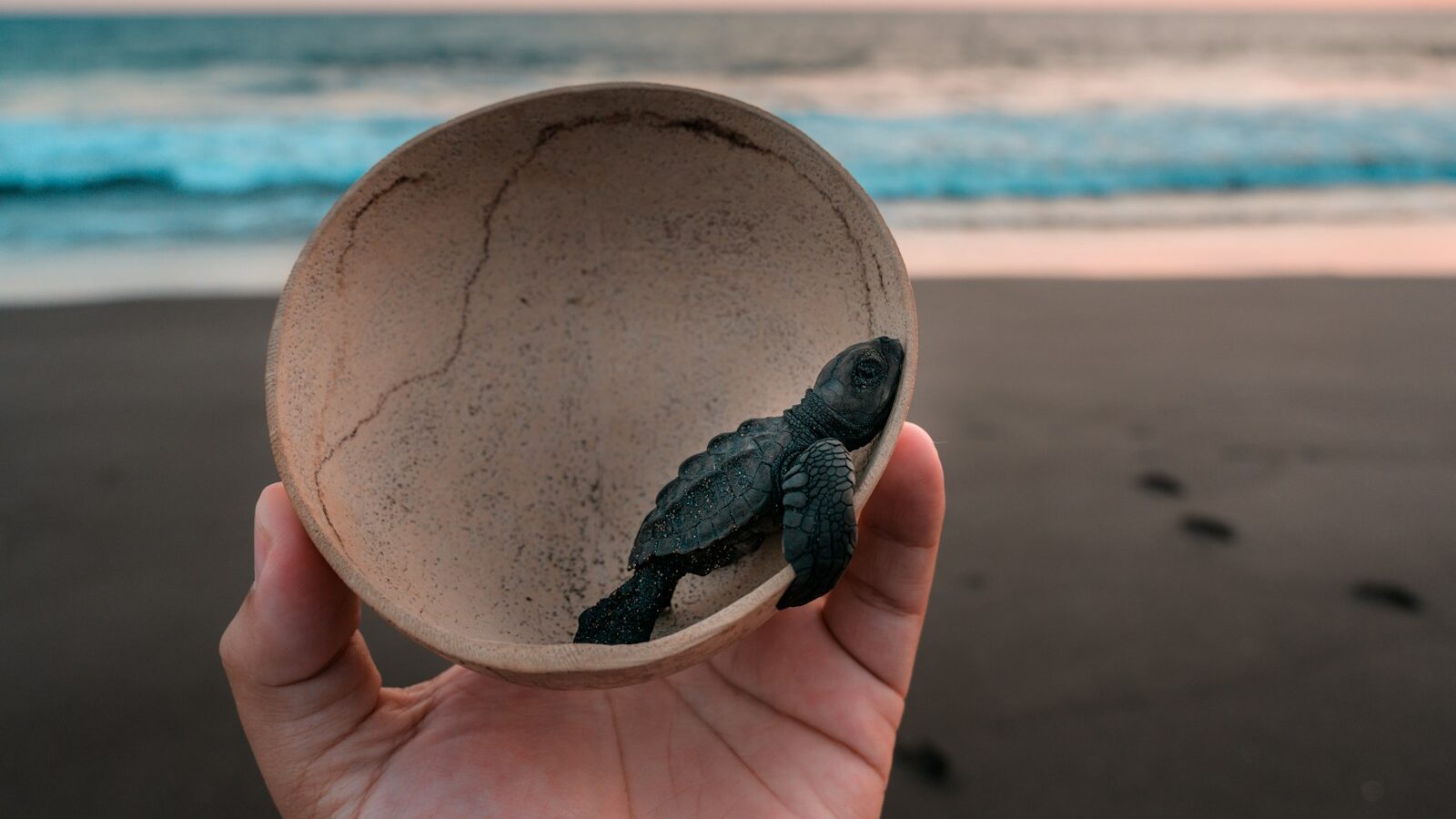
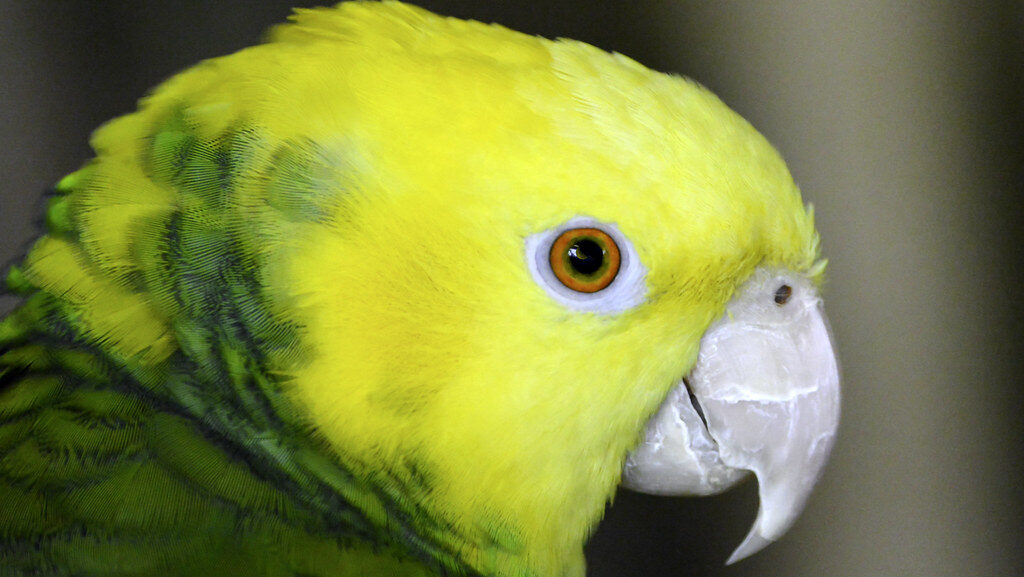
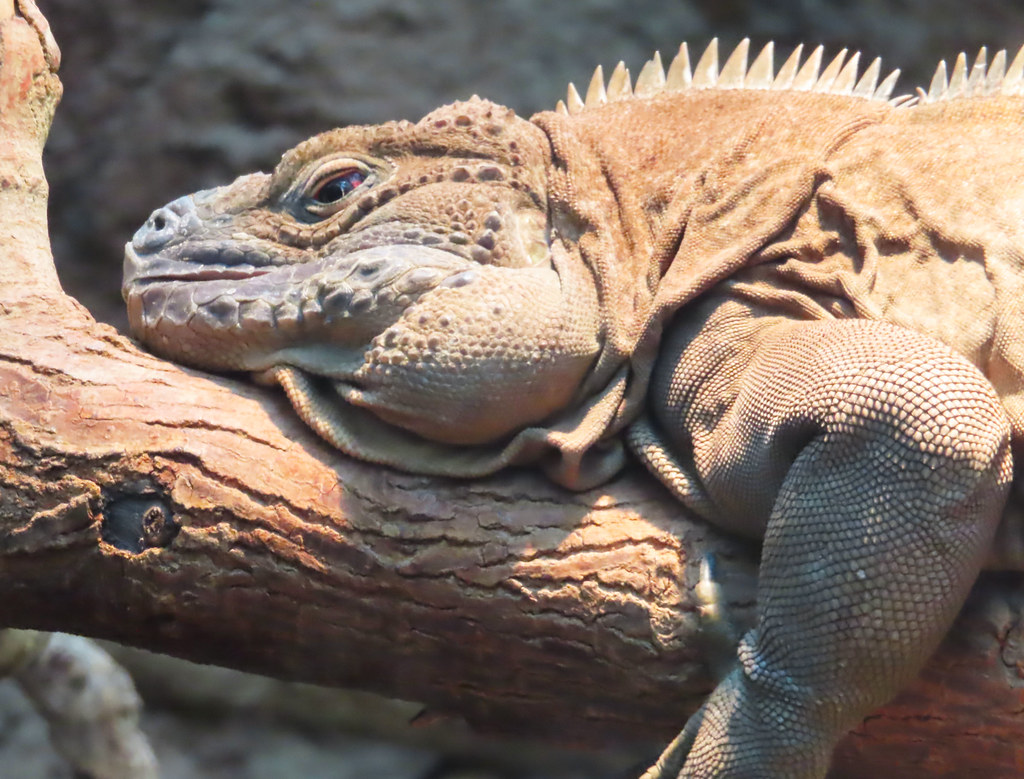
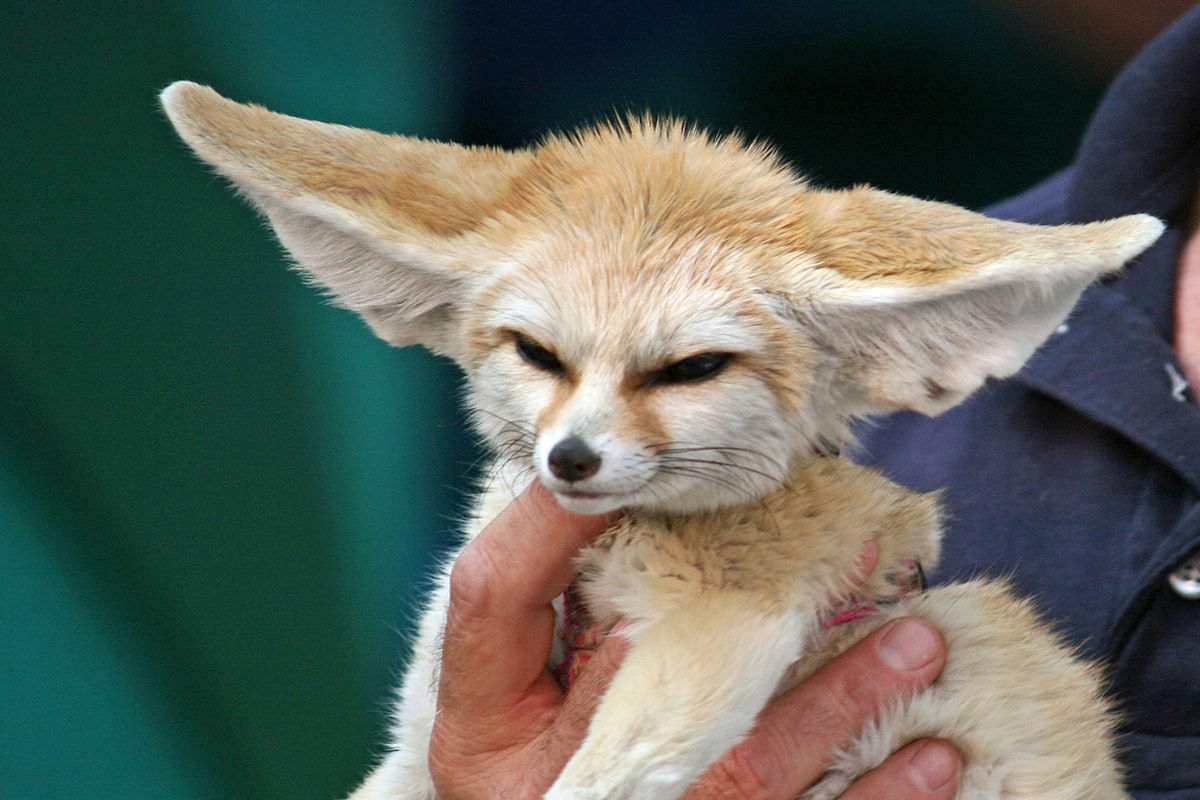
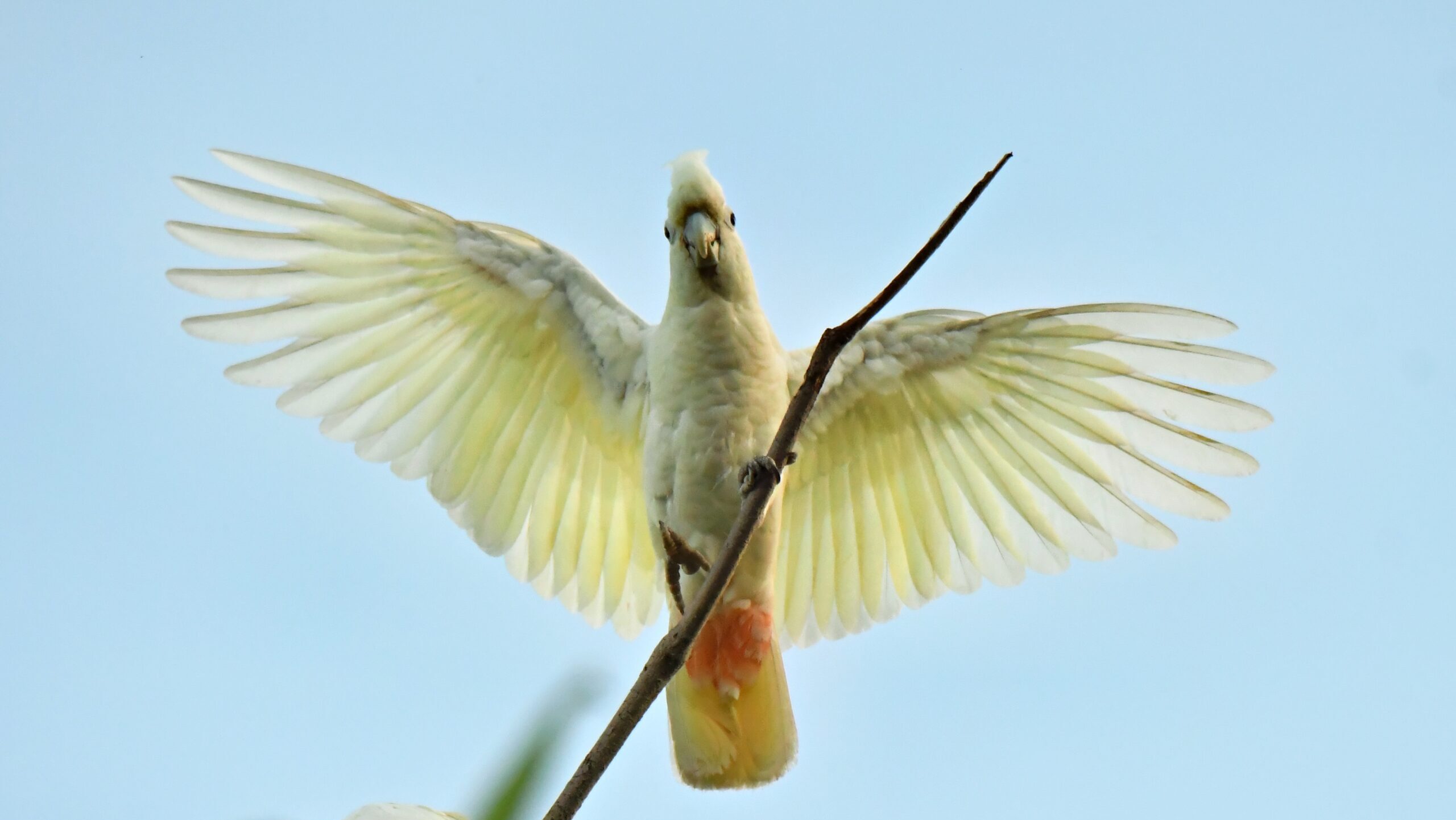

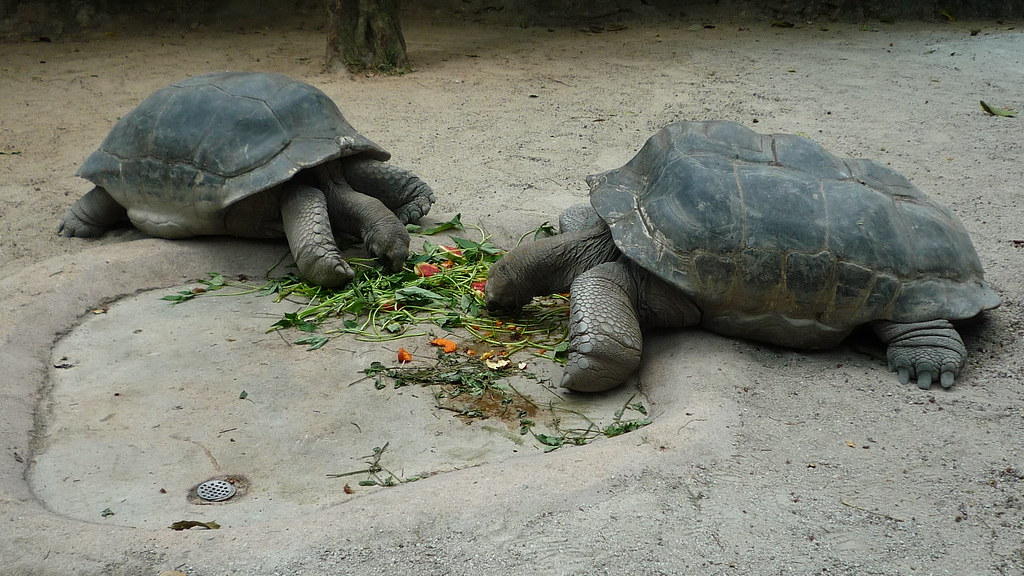
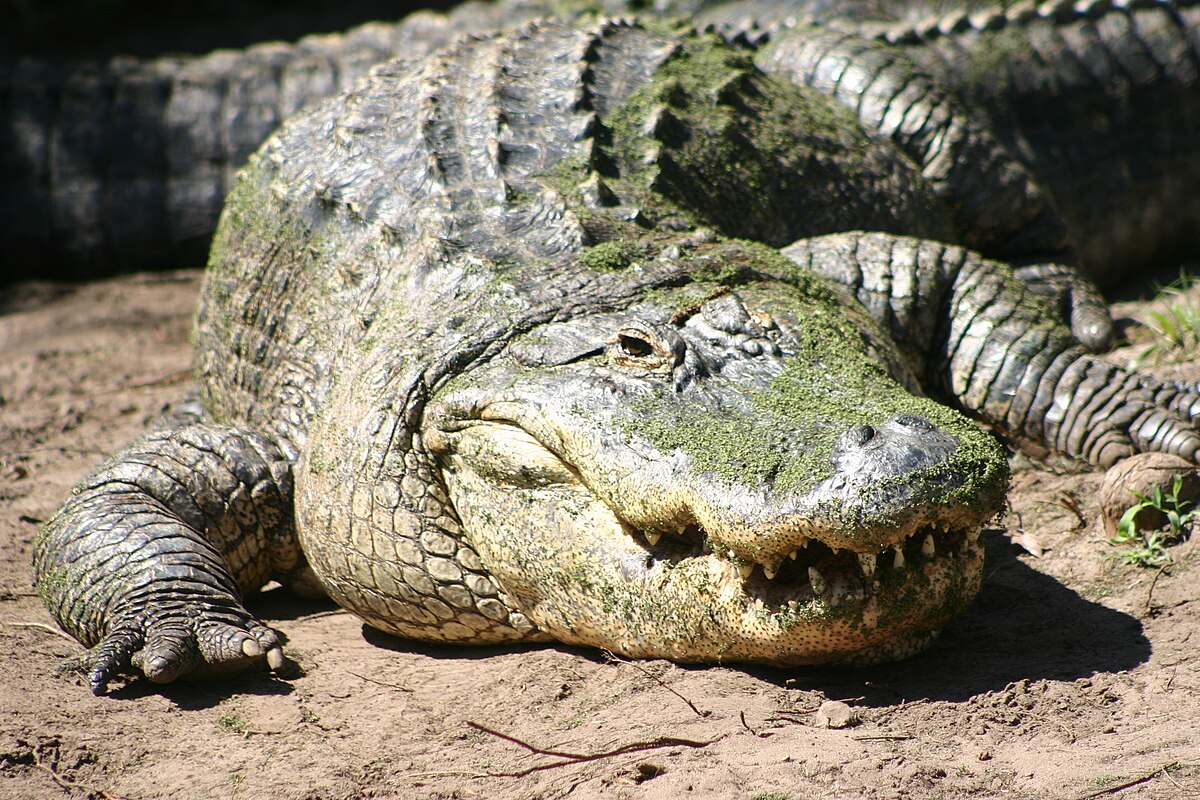
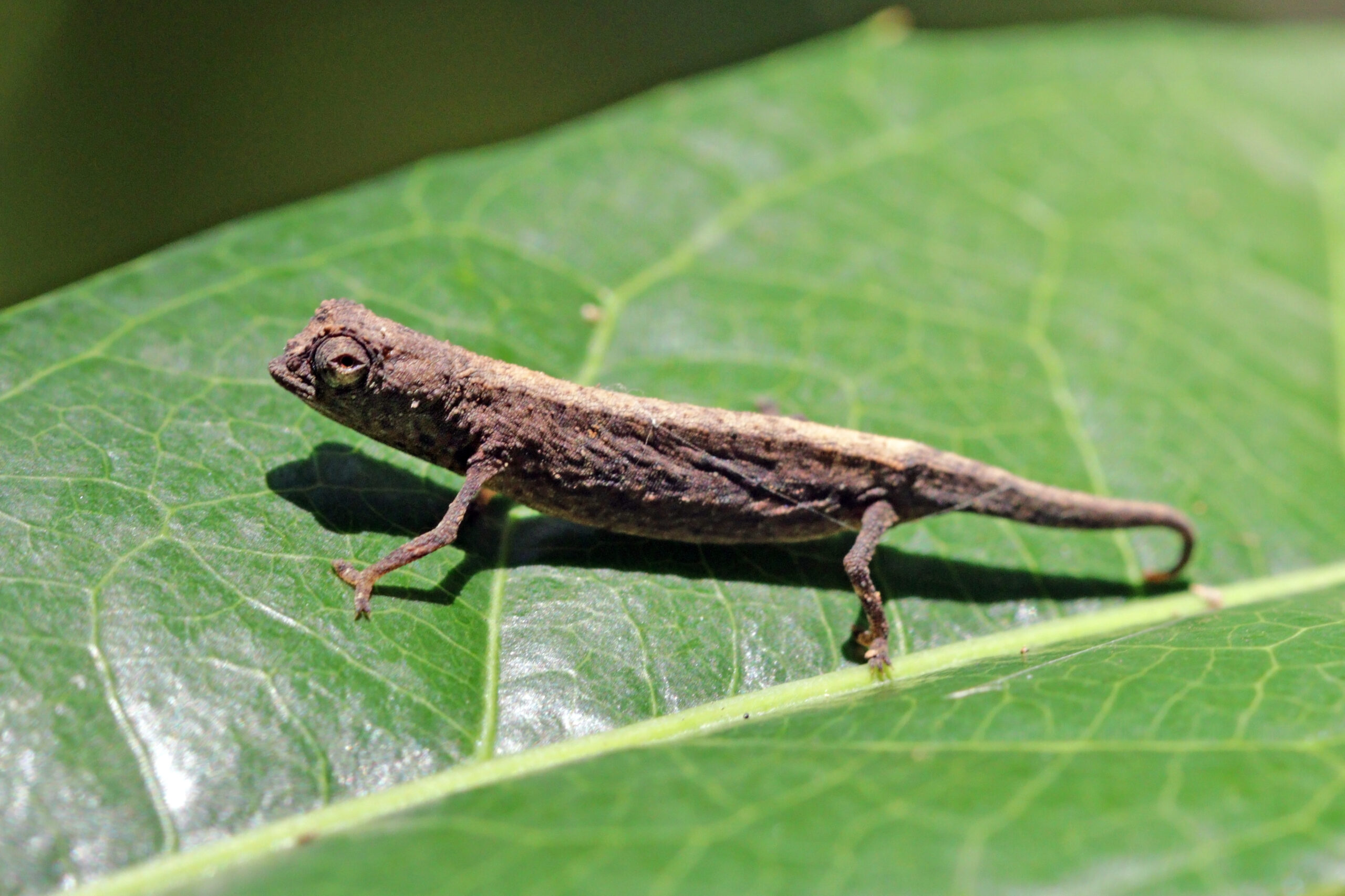
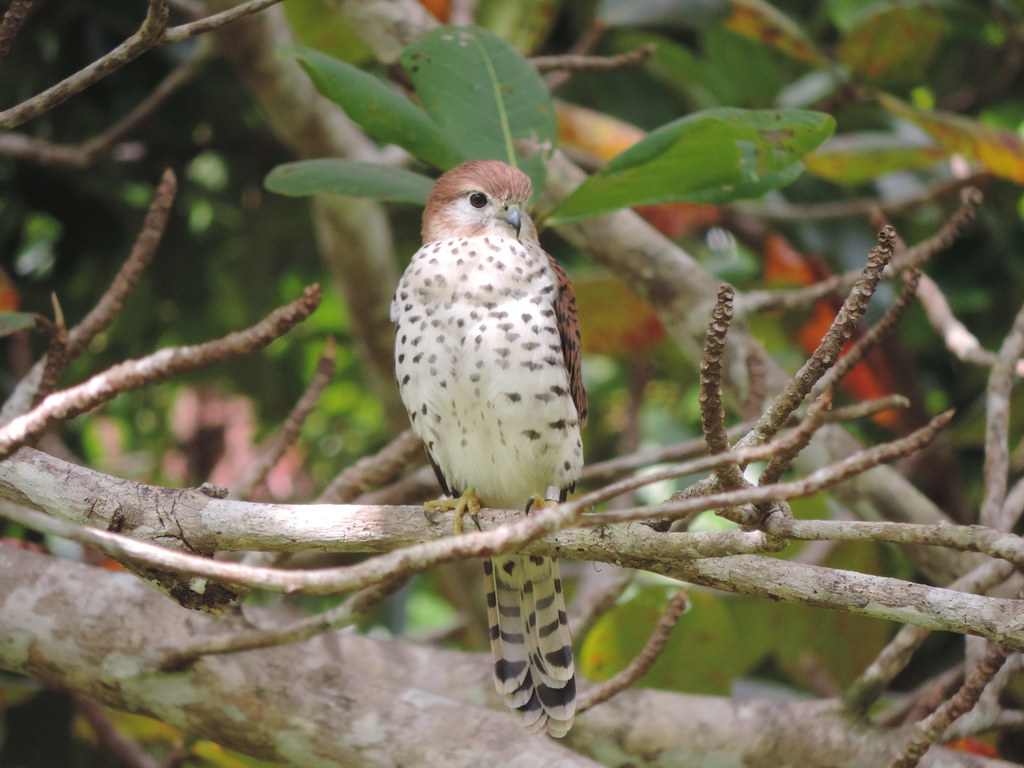
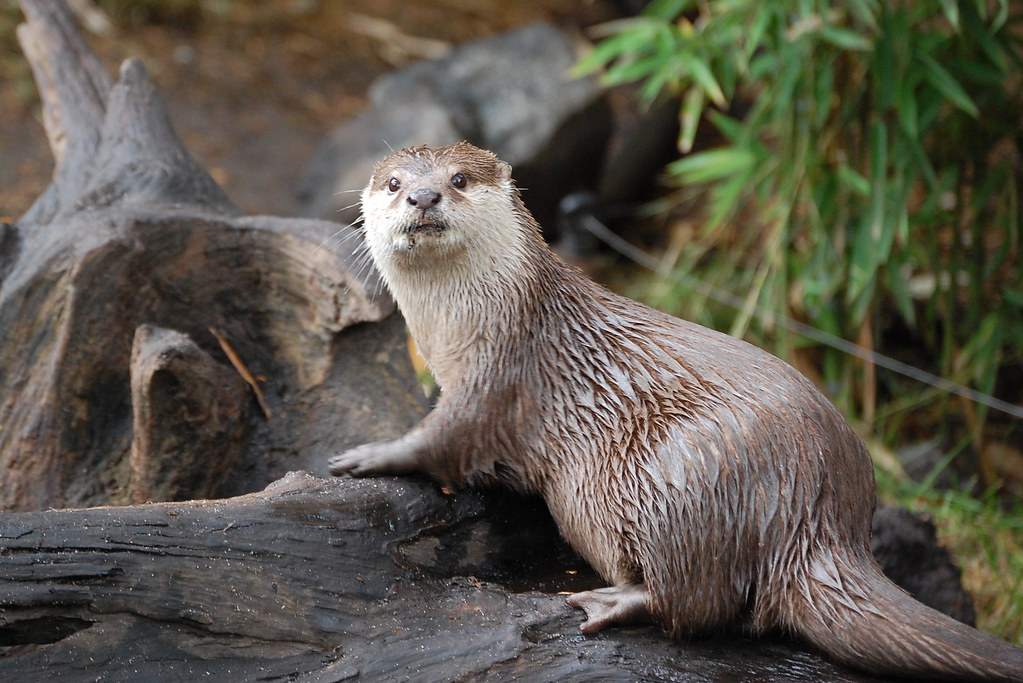




Leave a Reply